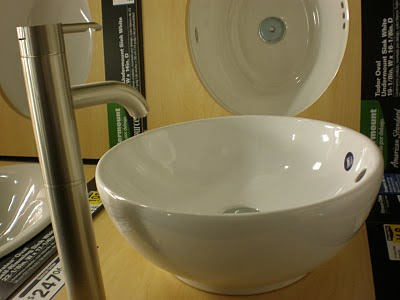We needed to get all of our appliance specs into Presby this past week so they could plan/build accordingly. Sure, this task seems pretty undemanding at face value. But in reality, we spent weeks contemplating cook tops and dwelling on dryers. And at times the process wasn’t fun—like when we (well, not me) stood in line on Black Friday at 4:00 a.m. for a washer/dryer…
Yep, choosing appliances took weeks of researching the most efficient models, head scratching over where certain appliances would fit and unearthing the best deals to make sure we stayed within our budget.
One common theme you will notice is that all our appliances are electric. We hope to offset a majority, if not all, of our electric use from our own sustainable energy sources (currently solar & hopefully wind in the future).
Without further ado, here is what we purchased:
Cook Top & Wall Oven- Remember
the drama that ensued when we realized we’d need a fan to vent our stove? Because we didn’t want to obstruct the view, and due to the lack of downdraft options in slide in ranges, we opted for a separate cook top and wall oven. Our research revealed that convection ovens are more energy efficient than conventional ovens because they house a fan that blows air around inside the unit—meaning shorter cooking times at lower temperatures. We chose a Kenmore Elite 30 in. Convection Wall Oven and GE Profile 30" Downdraft Electric Cooktop. Both were purchased from the
Sears outlet.
(Photos courtesy Sears & GE)
 Washer/Dryer-
Washer/Dryer- Because our laundry room is also serving as our pantry, we need as much space as possible to function in the small space. So, we opted for a stackable washer and dryer. My other half stood in line at an insane hour of the morning on Black Friday to buy this washer/dryer combo for MUCH less than it’s worth. (Thank you!) The washer is Energy Star-compliant; however, dryers are not rated under the Energy Star program. The dryer will only see action in the colder months anyway :)
(Photos courtesy Sears)
 Refrigerator-
Refrigerator- Because refrigerators are charged with being the biggest energy consumers, we spent a lot of time researching this appliance, and chose the Frigidaire 18.2 Cu. Ft. Top Mount Refrigerator for various reasons:
- It uses 34% LESS energy than what is needed to meet the minimum federal government standard (NAECA);
- It’s estimated yearly operating cost is just $41;
- It has a top-mounted freezer, which uses 10–25% less energy than bottom-mount or side-by-side models;
- It lacks an icemaker and water dispenser on purpose. According to the Department of Energy, while these features are convenient, they will increase energy use;
- It comes in around $500-600. (Photo courtesy Lowes)
 Dishwasher-
Dishwasher- We chose the Frigidaire Gallery Stainless Steel 24 in. Built-In Dishwasher because it was Energy Star compliant, good looking and on sale!
(Photo courtesy Sears)
In every appliance we researched and purchased energy consumption was our primary concern. The less kWh we have to use the easier it will be to make our home a zero energy home!
.JPG)







+South+behind++.JPG)













